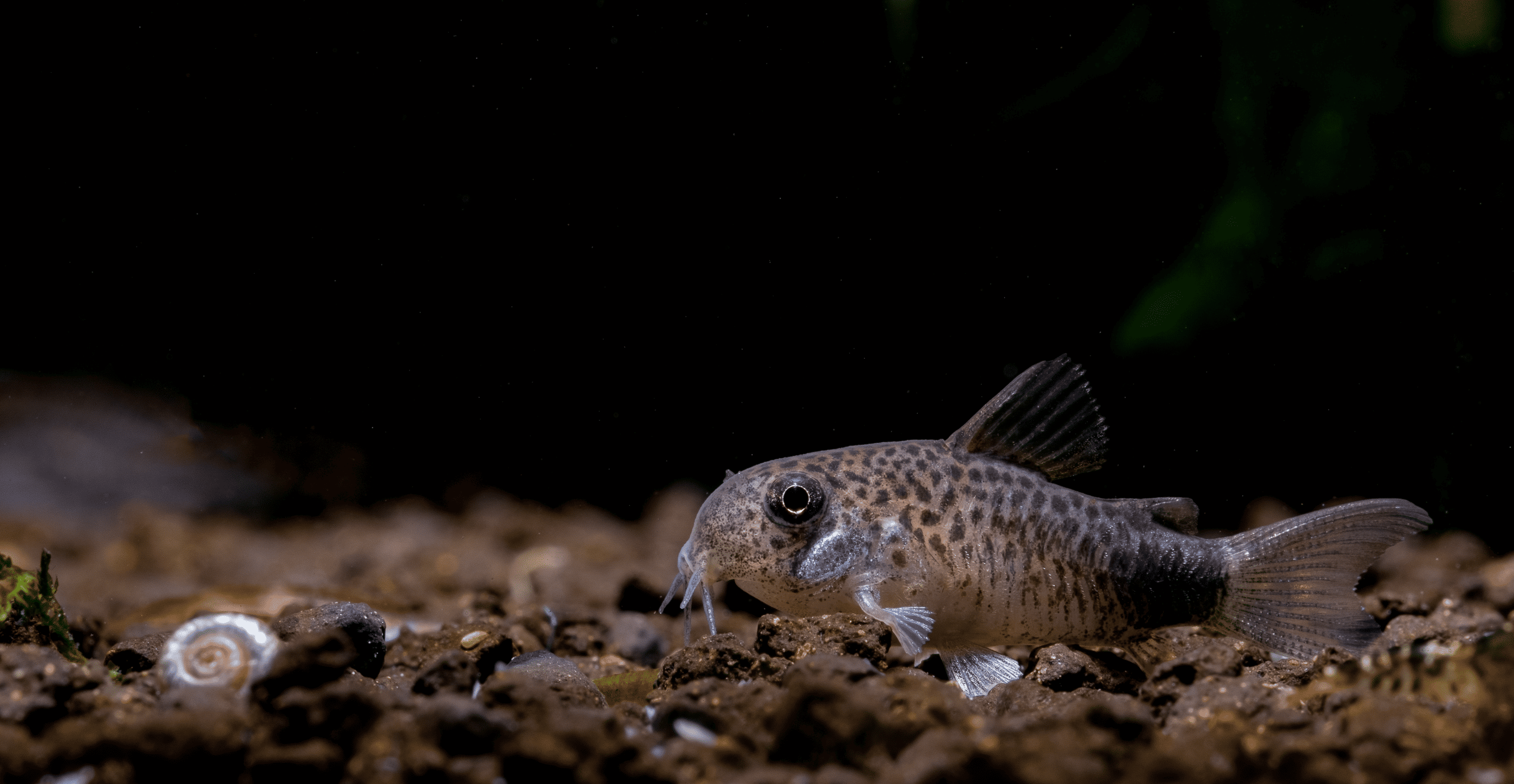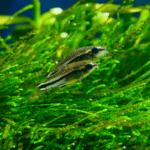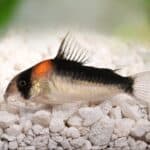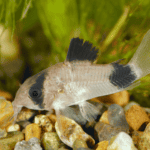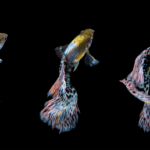Cory catfish, also known as Corydoras catfish, are popular freshwater aquarium fish known for their peaceful nature, active behavior, and ability to clean the tank. But how long do they live? This article will provide a comprehensive answer to this question and also delve into other important factors that can impact the lifespan of these fascinating creatures.
Lifespan in the Wild
In the wild, Cory catfish have an average lifespan of 5-7 years. However, this lifespan can be shortened or extended depending on various environmental factors such as water quality, food availability, and predators. Cory catfish are native to South America, where they live in rivers, streams, and ponds. In their natural habitat, they face many challenges that can impact their lifespan, including predators, disease, and changes in water quality.
Lifespan in Captivity
In captivity, the lifespan of Cory catfish can be significantly longer. With proper care, they can live up to 10-15 years. This is because captive Cory catfish are protected from many of the dangers they face in the wild, such as predators and sudden changes in water quality. In addition, captive Cory catfish are provided with a stable environment, a balanced diet, and regular water changes, which all contribute to a longer lifespan.
Factors that Impact Lifespan
The lifespan of Cory catfish can be influenced by several factors, including:
- Water Quality: Clean, well-maintained water is essential for the health and longevity of Cory catfish. Poor water quality can lead to stress and disease, which can shorten their lifespan. Regular water changes and maintaining the proper pH levels and temperature can help to keep the water clean and healthy.
- Diet: A balanced diet is crucial for the overall health of Cory catfish. Feeding them a varied diet that includes both dry and wet foods will provide them with the necessary nutrients to live a long and healthy life. Overfeeding or feeding them an unbalanced diet can lead to health issues and a shorter lifespan.
- Tank Size: Cory catfish need plenty of swimming space to stay healthy and active. A tank that is too small can lead to stress, which can shorten their lifespan. A minimum tank size of 20 gallons is recommended for a single Cory catfish, with an additional 10 gallons for each additional fish.
- Tank Mates: Cory catfish are peaceful fish that get along well with other fish. Keeping them with aggressive or territorial fish can lead to stress, which can shorten their lifespan. It is important to choose compatible tank mates that will not harm the Cory catfish.
- Lighting: Cory catfish are sensitive to bright lighting and require low to moderate lighting levels. Excessive lighting can cause stress and negatively impact their lifespan.
By understanding the factors that impact the lifespan of Cory catfish, you can ensure that your fish live a long and healthy life in your aquarium. Providing them with the proper care, a balanced diet, and a safe and stable environment will help to ensure a long lifespan for these fascinating creatures.
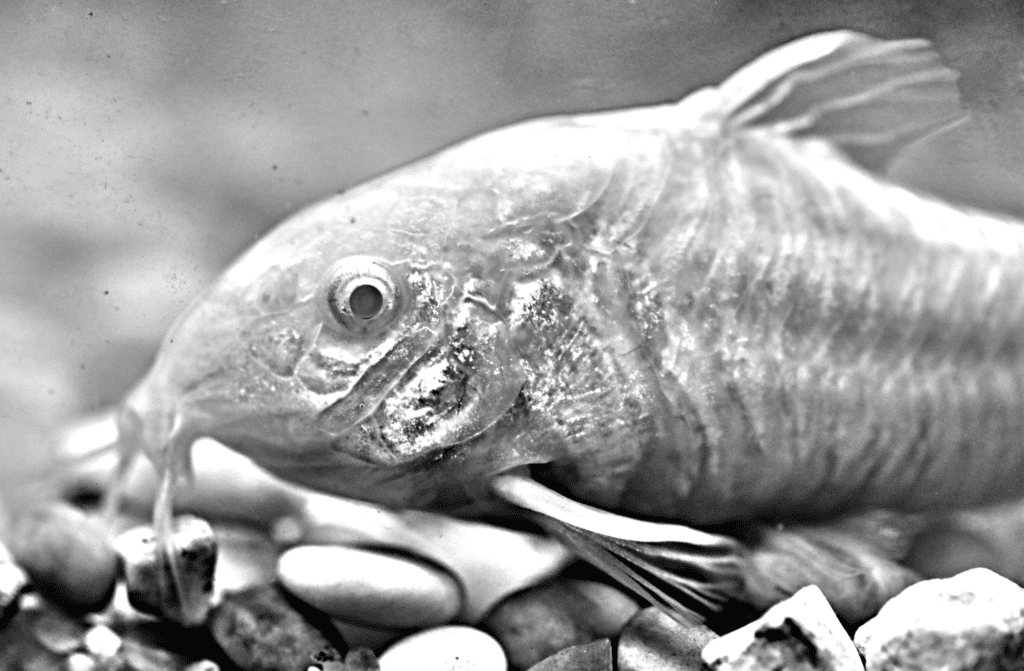
Common Health Issues
Cory catfish are generally hardy and disease-resistant, but they can still fall prey to various health issues. Some of the most common health problems include:
- Swim Bladder Disease: This condition affects the swim bladder, which controls the fish’s buoyancy. Symptoms include difficulty swimming and floating upside down.
- Fin Rot: This is a bacterial infection that affects the fins and can spread to the body. Symptoms include frayed or disintegrating fins and redness around the affected area.
- Ich: This is a common parasite that can infect aquarium fish, causing white spots on the skin and fins.
To prevent health issues in Cory catfish, it is important to maintain good water quality and provide a balanced diet. Regular check-ups and prompt treatment of any symptoms are also essential.
RELATED: Schwartzi Corydoras Overview
Behavioral Characteristics
Cory catfish are active and social creatures that are a joy to watch in the aquarium. They are bottom dwellers and spend most of their time searching for food and interacting with other fish. They are also known for their peaceful nature, which makes them compatible with a wide range of tank mates.
Cory catfish are omnivores and will eat a variety of foods, including pellets, frozen or live food, and vegetable matter. They are also known for their ability to clean the tank, as they will consume any uneaten food and waste that has fallen to the bottom.
Recommended Tank Mates
Cory catfish are compatible with a wide range of tank mates, making them a great addition to any community tank. Some recommended tank mates include:
- Tetras: These active and colorful fish are a great choice for a tank mate, as they are also peaceful and active.
- Guppies: These small, brightly colored fish are active and peaceful, making them a great choice for a tank mate.
- Shrimp: Shrimp make great tank mates for Cory catfish, as they will help clean the tank and provide a source of food for the catfish.
- Live Plants: Live plants provide hiding places and oxygenation for the fish, and also help to maintain water quality.
It is important to remember that while Cory catfish are peaceful, they should not be kept with aggressive or territorial fish that may harm them.
Conclusion
In conclusion, the lifespan of Cory catfish can vary greatly depending on whether they are in the wild or in captivity. In the wild, they have an average lifespan of 5-7 years, while in captivity, they can live up to 10-15 years with proper care. The key to ensuring a long and healthy life for Cory catfish is providing them with a clean and stable environment, a balanced diet, and plenty of swimming space. By following these simple guidelines, you can ensure that your Cory catfish will live a long and happy life.
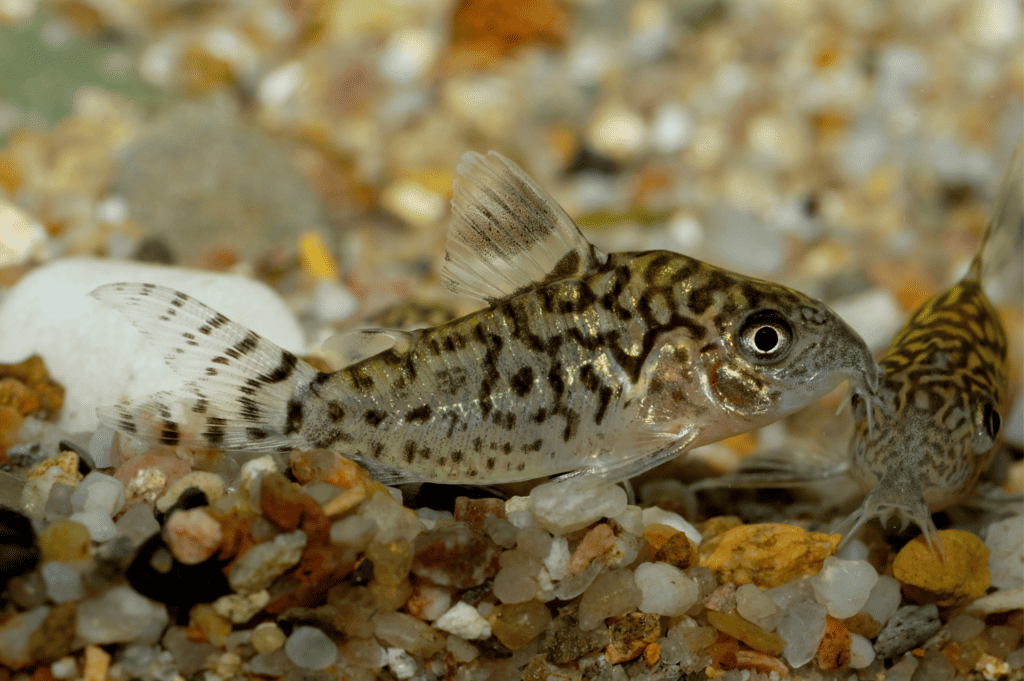
FAQ
- What is the average lifespan of Cory catfish?
The average lifespan of Cory catfish is 10-15 years in captivity and 5-7 years in the wild. With proper care, they can live well beyond their expected lifespan.
- How much space do they need in a tank?
Cory catfish need a minimum of 20 gallons of water per fish, with an additional 10 gallons for each additional fish. They also require plenty of swimming space to stay healthy and active. Technically, you can keep a single Cory catfish in a 10-gallon tank, but it is not recommended. Cory catfish need plenty of swimming space to stay healthy and active, and a 10-gallon tank is too small to provide enough space for them to swim and explore. A minimum tank size of 20 gallons is recommended for a single Cory catfish, with an additional 10 gallons for each additional fish. Keeping a single Cory catfish in a smaller tank can lead to stress and negatively impact their lifespan. It is always best to provide your fish with a spacious and well-maintained environment to ensure their health and happiness.
- Are they compatible with other fish?
Cory catfish are peaceful fish that get along well with other fish. They are compatible with a wide range of tank mates, including tetras, guppies, and shrimp. It is important to avoid keeping them with aggressive or territorial fish that may harm them.
- What is the best diet for Cory catfish?
Cory catfish are omnivores and require a balanced diet that includes both dry and wet foods. They will consume a variety of foods, including pellets, frozen or live food, and vegetable matter. It is important to avoid overfeeding and to provide them with a balanced diet to maintain their health and longevity.
- How often should I clean the tank for Cory catfish?
It is important to perform regular water changes and maintain good water quality for Cory catfish. The frequency of water changes will depend on the size of the tank, the number of fish, and other factors. A general guideline is to perform a 25% water change every 2-4 weeks.
- What should I do if my Cory catfish becomes sick?
If your Cory catfish becomes sick, it is important to seek treatment promptly. Symptoms of common health issues include difficulty swimming, frayed or disintegrating fins, and white spots on the skin and fins. Treatment may include medication, water changes, or changes to the diet. It is important to consult with a veterinarian or a specialist in aquarium fish to determine the best course of action.
